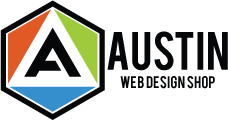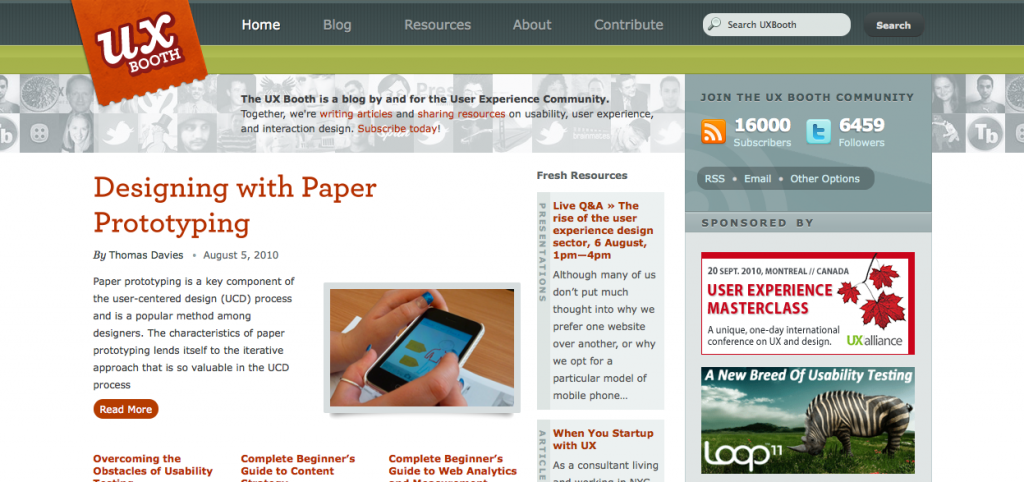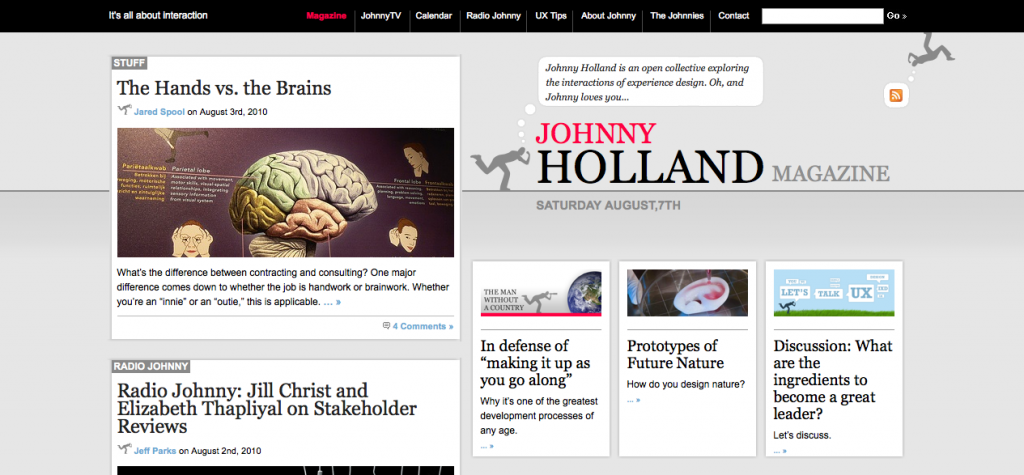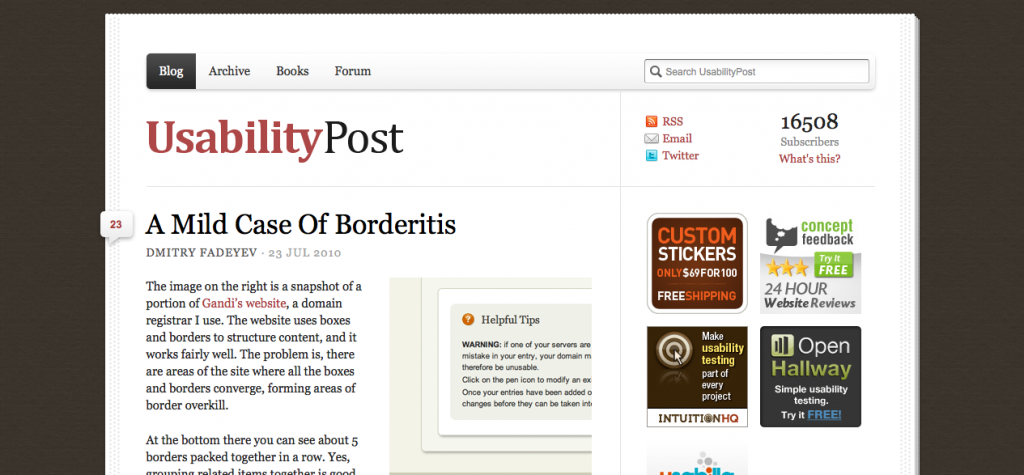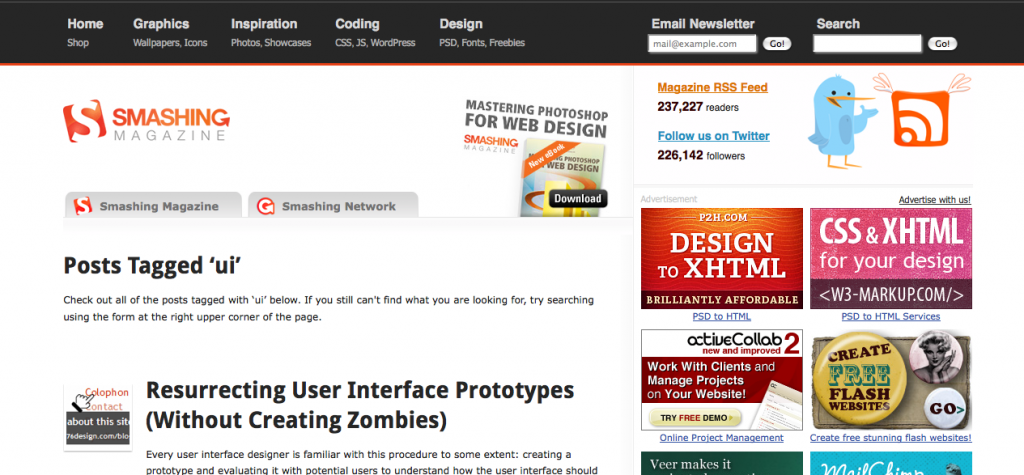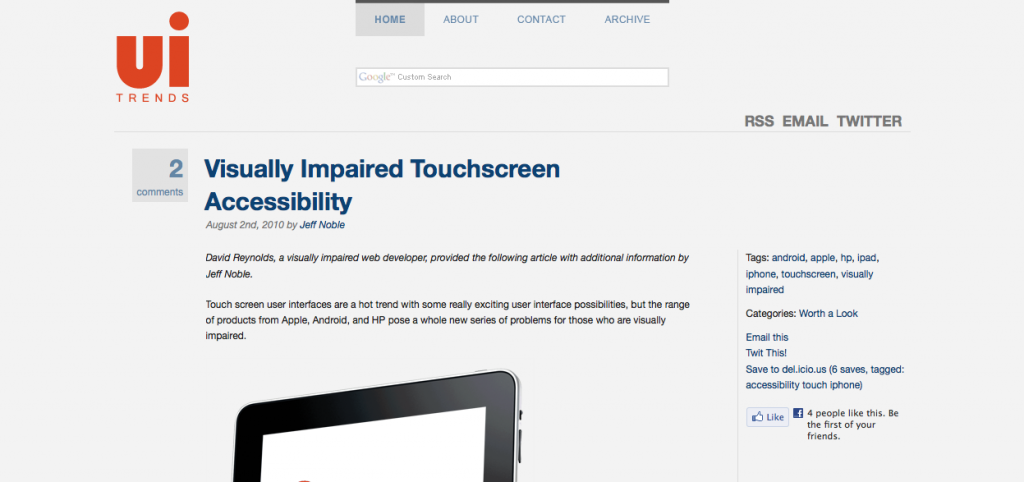A recent study by the Kelsey Group confirms what most of us already know, but all too rarely think about: Seventy percent of all U.S. households now use the internet as an information source when shopping locally for products and services.
As America’s leading provider of market research and analysis to publishers of Yellow Pages, electronic directories and other local print media, the Kelsey Group knows as much about local buying trends as any research organization anywhere. Among other things, they use daily consumer surveys and statistical analysis to evaluate business, social, economic and technology trends that are changing local markets and forecast how those trends will effect local and regional businesses.
So when the Kelsey Group says that small businesses without a web presence are at a serious competitive disadvantage in today’s shopping environment, you can take that opinion to the bank.
The fact that consumers in 70 percent of American homes are now using the web to research products and services they intend to purchase locally, also puts a tremendous pressure on local and small-business websites of all types to increase both the size and, most especially, the quality of their online presence. Think about it for a moment. If you’re a local businessperson with a sporting goods, apparel, toy, drug, consumer electronics, or any one of a dozen other types of stores, you’re not only competing fang and claw with WalMart, Kmart and Target in the brick-and-mortar environment, you’re also going head to head with them online.
If a consumer in Your Town USA likes Walmart.com better than he or she likes YourSite.com, they’re more likely to get in the car and go to Walmart to make their purchase than they are to visit your store.
Fortunately, there’s good news as well as bad in the Kelsey Group report.
Let’s read Kelsey’s conclusion again. Carefully.
Seventy percent of all U.S. households now use the internet as an information source when shopping locally for products and services.
Long about the middle of that sentence we see two crucial words: Information source. That 70 percent isn’t necessarily using the web to decide where to buy products. In a vast number of cases they’re using the web, to get information on what to buy and why product A will work better for them than product B.
Fortunately for small-business entrepreneurs, big-box store websites generally do a fairly miserable job of providing any information beyond the barebones descriptions printed on product boxes. And they provide absolutely zero information that will help anyone except totally generic consumers decide what to buy.
Two quick examples: Neither Walmart.com nor Homedepot.com offers any real guidance to help people decide which of the many snow blowers they offer is best suited for dry, dusty Montana snow and which aren’t terribly good on powder but are excellent for the heavy, wet snow common on the East Coast.
Staying with seasonal products, some air conditioners are engineered to give peak performance in hot desert climates; others work best in hot, humid conditions. National chain websites don’t tell consumers which is which, local appliance store sites can — and should. Though it may not be immediately apparent, the fact that a huge number of local consumers are turning to the web for information is of incredible benefit to savvy local businesspersons competing with big chains.
What keeps local TV and appliance vendors, for example, in business when the same products are available in big box stores for less money? Nine times out of ten, there’s two one-word answers to that question: Expertise and service.
Some chains, think Costco and Best Buy, do make an effort to have their “sales” people memorize a line of technological patter about the various products they’re selling. But such information is generally sketchy at best and, at worst, totally compromised by which companies are offering the best “spiffs” (extra commissions on specific models the companies are trying to unload) on any given day. Then there’s Walmart, Costco and all the lesser “marts” and “co’s.” Try and find someone there who can intelligently explain the pros and cons of plasma vs. LCD flat-panel HDTV. The “try and find someone” part is often difficult enough, the intelligent explanation part is almost always impossible.
Consider the difference at a local consumer electronics/appliance store. Yes, the prices are somewhat higher, but the staff is educated, they know their stuff. If they didn’t, they would have gone out of business years earlier.
And they’re a lot less likely to sell you an inferior product just to pick up a fast 20- or 30-buck “spiff.” Dependent, unlike chain stores , on repeat customers and word-of-mouth advertising, their imperative is selling you what will work best for you, not what will make a few extra dollars for them. With more and more retail shoppers turning to the web for their preliminary product research, local businesspeople are now able to establish themselves as their community’s real specialists in their fields online as well as in their stores.
Adding well-written professional content — articles, blogs, extended product information — to local sites elevates local businesses above chain stores. It gives customers confidence in the merchant as well as the merchandise.
To go back to the HDTV example, a blog discussing technology, programming, surround sound, room lighting and all kinds of consumer questions that are never answered on BigBoxStore.com can drive customers away from Walmart and into local stores. Similarly, a local garden products retailer can use a website to win customers away from the chains by including regularly updated articles on local climate and growing conditions.
One of the really great things about adding more quality information to a website is that it’s one of the few business moves you can make that has absolutely no downside. Unlike buying more newspaper advertising or radio spots, adding pages to a site generally costs nothing. Even if you don’t feel comfortable with your copywriting ability, acquiring customized web copy from a service like GetWebContent.com is relatively inexpensive.
You don’t even have to worry about providing too much information. The more questions you answer online, the more new ones consumers will think of. Best of all, the new questions will more advanced — much more impossible for a big box store clerk to answer — than the original ones.
Imagine Customer A, a true newbie, looking at a 56-inch TV in Costco. The four-line information tag says “Dolby Digital sound.” After a great deal of effort, Customer A lassos a clerk and says “that Dolby Digital there, is that the same thing as surround sound?” The clerk, not knowing or caring if the set’s surround sound is dependent on external speakers, says “yes.”
Not a complete answer, but more or less correct.
Now consider Customer B, who’s studied HDTV 101 on your website. Customer B goes to Costco, lucks into an employee, and says “Does this set support 5.1, 6.1 or 7.1 surround sound?” Look for that person, Customer B, to leave Costco, shaking his or her head, and drive straight to your showroom.
